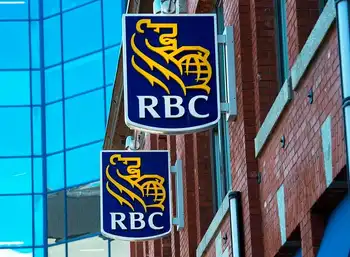Beat the heat, and your utility bill
A simple and affordable way to cool a home is the use of awnings. The great appeal of awnings is that they are a natural way to cool without the need for air conditioning or tinted glass. A deployed awning blocks out the sun's rays while admitting daylight and allow air to circulate between the interior and exterior.
Awnings help to protect furniture from fading due to sunlight. They are cost-effective because they need no energy to operate. By keeping the house cool, awnings reduce the use of an air conditioner. Awnings can reduce the heat gain up to 65% on south-facing windows. Owners only need to purchase smaller-capacity air conditioners and can lower the cost of cooling a building by 25%.
Awnings can be of the fixed or roll-up variety. Nine out of 10 units are of the retractable kind.
Modern awnings can be equipped with wind sensors that automatically retract the awning when it detects strong winds.
An awning four- by three metres typically costs around $2,000, installed. Power and remote operation can drive up the cost by $700.
Awnings are timeless; because awnings have been in use for over a century, owners of heritage buildings can confidently install one and still keep with the historic appearance of an old building's facade.
Homeowners should also keep in mind shade that comes from nature. When planted south or west of a house, deciduous trees will shade a house in the summer and allow light through in the fall and winter after the leaves have fallen.
Trees large enough to shade a whole house include ginkgo, maple, magnolia, horse chestnut and black locust. Ginkgoes can reach 13 to 15 metres, maples and locust nine to 12 metres.
For smaller lots, there is the option of smaller Japanese maples that can reach between six and eight metres tall.
Window blinds help diffuse and block the sun's rays while serving as a decorative element in a room. The two most common blinds are cellular and vertical sheers.
To address customer demands, cellular blinds can come equipped to drop from the top as well as rise from the bottom. Cellular blinds have an R-value (a measurement of insulation) of 3.2 due to their construction, lowering heat loss in the winter. A four-foot by five-foot window would cost approximately $340.
Sheers have an openness factor from one to 14 per cent. Vertical sheers with closed vanes can block up to 99 per cent of the sun's UV rays. Vertical shears can cost between $600 to $750.
These devices don't cool the air. They move air over the skin, which makes it feel cooler. With units as low as $100, overhead fans are a cost-effective method of moving air in a room.
A basic fan weighs only 4.5 to seven kilograms and can be mounted on a ceiling box that formerly held a ceiling light. Basic units are operated by a simple pull chain and more deluxe ones by a hand-held remote control.
Ceiling fans can have from one to as many as five different blades. The surface diameters range from 63 centimetres to 1.4 metres. It is important to get the right size fan for your room. A small fan rotates faster to move as much air as a larger unit.
Most fans can accommodate a sloping ceiling. Varying lengths of downrods compensate for ceiling height. In the winter a fan can help draw down warm air from the ceiling.
Those who can't or don't want to use air conditioners might consider an evaporative cooler, also known as an air cooler.
These devices cool the air blown over its surface through the evaporation of water. Evaporative coolers are suited to climates where the summers are hot but the humidity is low.
At $130, the units are cheaper than a refrigerative air conditioner, which works by drawing moisture out of the air. Without water, the evaporative coolers functions like a fan.
Related News

RBC agrees to buy electricity from new southern Alberta solar power farm project
CALGARY - The Royal Bank of Canada says it is the first Canadian bank to sign a long-term renewable energy power purchase agreement, a deal that will support the development of a 39-megawatt, $70-million solar project in southern Alberta.
The bank has agreed with green energy retailer Bullfrog Power to buy the majority of the electricity produced by the project to be designed and built by BluEarth Renewables of Calgary.
The project is to provide enough power for over 6,400 homes and the panel installations will cover 120 hectares, the size of 170 soccer fields.
The solar installation is to be built in…




